When it comes to seasoning pork, the right spices transform simple cuts into unforgettable meals. Based on culinary expertise and professional chef recommendations, the top 10 spices for pork are paprika, cumin, garlic powder, oregano, chili powder, thyme, rosemary, black pepper, allspice, and cinnamon. Each brings unique flavors to enhance grilling, roasting, or slow-cooking. Below, discover precise usage guidelines, expert recipes, and buying tips for perfect results every time.
Top 10 Spices for Pork: Expert Guide
| Spice | Flavor Profile | Best For | Recommended Amount | Example Use |
|---|---|---|---|---|
| Paprika | Sweet, Smoky | Grilled pork, stews, sausages | 1-2 tsp per pound | Grilled pork chops: mix 1 tsp paprika, 1/2 tsp cumin, and 1/4 tsp garlic powder |
| Cumin | Earthiness, Warmth | Mexican-style pork, tacos, chili | 1 tsp per pound | Carnitas: combine 1 tsp cumin, 1/2 tsp chili powder, and 1 tsp oregano |
| Garlic Powder | Pungent, Aromatic | Roasted pork, marinades, stir-fries | 1/2-1 tsp per pound | Pork tenderloin rub: blend 1/2 tsp garlic powder with rosemary and black pepper |
| Oregano | Bitter, Herbaceous | Italian pork dishes, sauces, pizzas | 1/2 tsp per pound | Pork ragu: add 1 tsp dried oregano to tomato-based sauce |
| Chili Powder | Spicy, Complex | Spicy pork chops, BBQ, fajitas | 1/2-1 tsp per pound | Spicy pork tacos: mix 1 tsp chili powder with lime zest and cumin |
| Thyme | Earthy, Floral | Roasted pork, braises, stews | 1 tsp fresh or 1/2 tsp dried per pound | Herb-crusted pork loin: combine thyme, rosemary, and garlic powder |
| Rosemary | Piney, Woody | Roasted pork, lamb, potatoes | 1 tsp fresh or 1/2 tsp dried per pound | Rosemary-roasted pork shoulder: rub with olive oil and minced rosemary |
| Black Pepper | Pungent, Sharp | Every pork dish, essential base | 1/2 tsp per pound | Basic rub: combine with salt, paprika, and garlic powder for all cuts |
| Allspice | Warm, Clove-like | Pork ribs, Jamaican jerk seasoning | 1/4-1/2 tsp per pound | Jamaican jerk pork: mix with allspice, scotch bonnet peppers, and thyme |
| Cinnamon | Sweet, Warm | Pork tenderloin, Asian-inspired dishes | 1/4 tsp per pound | Asian glazed pork: blend with soy sauce, honey, and ginger |
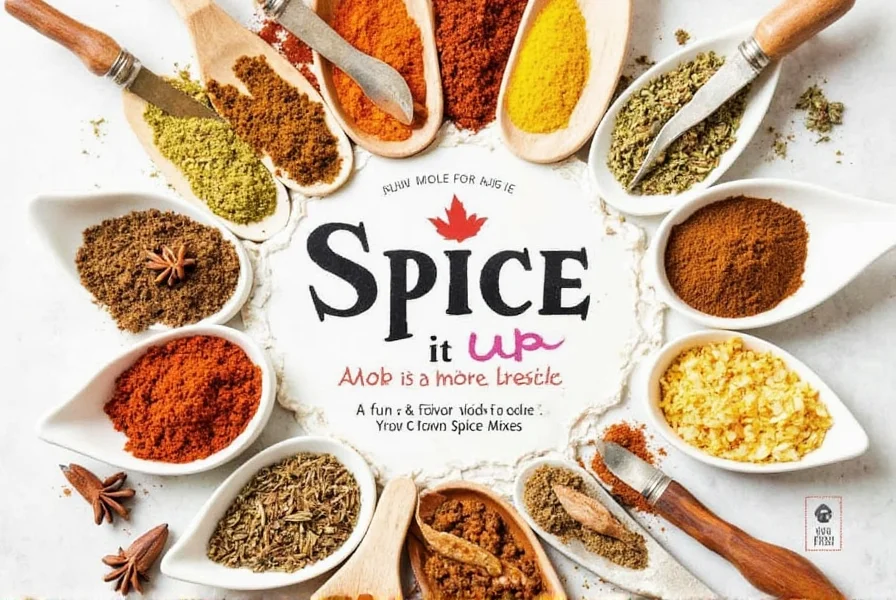
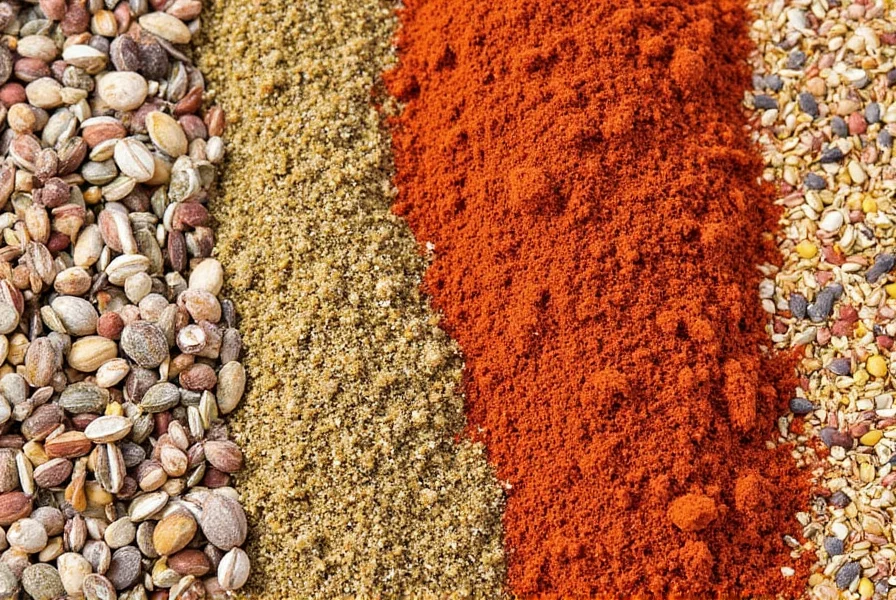
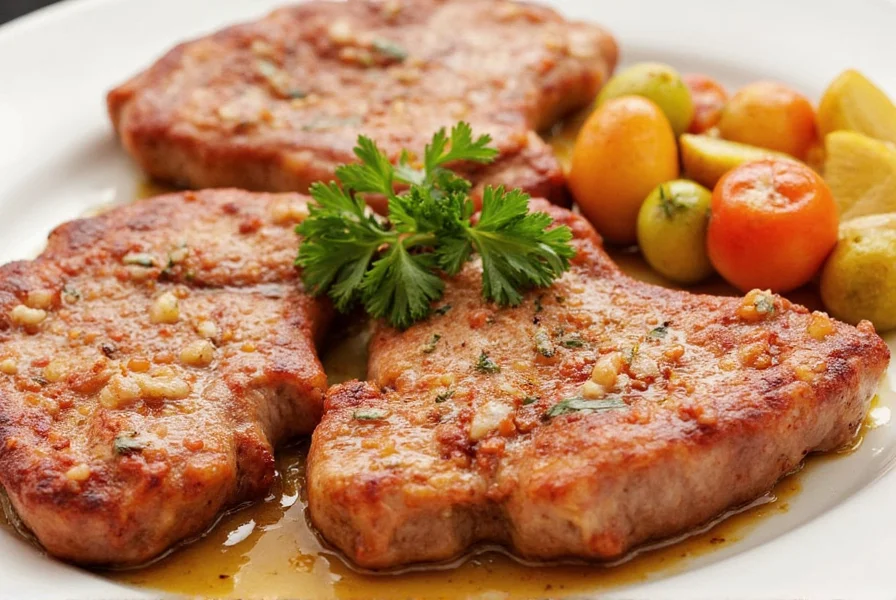
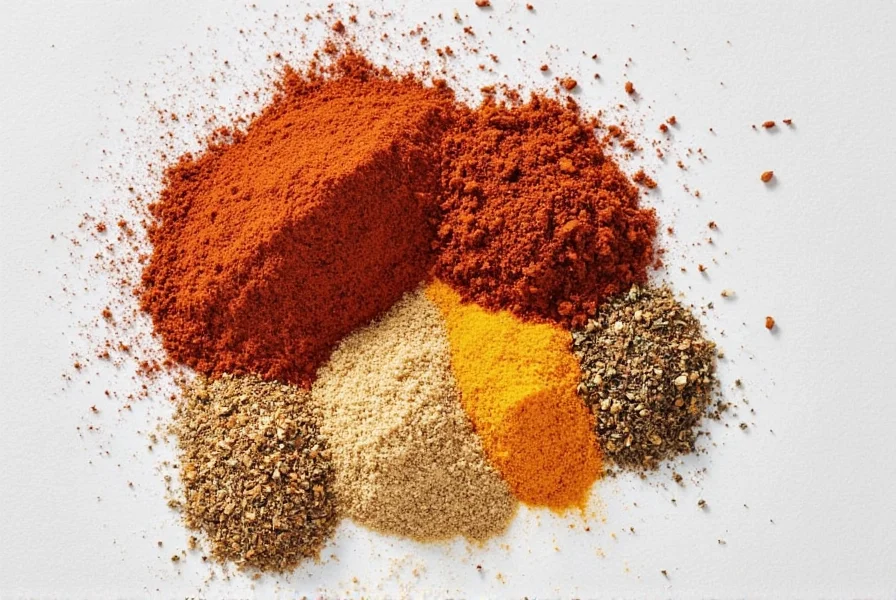

Key Cooking Techniques for Maximum Flavor
- Marinate Properly: For deep flavor penetration, marinate pork for 4-12 hours in the refrigerator. Use acid-based marinades (like vinegar or citrus) for tender cuts, and oil-based for lean meats.
- Layer Flavors: Start with salt and pepper as base, then add spices. Apply dry rubs 30 minutes before cooking to allow absorption.
- Adjust for Cuts: Fattier cuts (pork shoulder) handle bold spices like cumin and chili powder. Lean cuts (tenderloin) benefit from delicate herbs like thyme and rosemary.
- Heat Management: For grilling, apply rubs after searing to prevent burning. For slow cooking, add spices early to allow flavors to meld.
Buying Guide for Premium Pork Spices
What to Look For
- Freshness: Check aroma and color vibrancy. Avoid clumped or dull-colored spices. Purchase small quantities to ensure freshness.
- Quality: Opt for organic or single-origin spices. Reputable brands like McCormick or Penzeys offer consistent quality.
- Storage: Keep spices in airtight containers away from light and heat. Discard after 6-12 months for peak flavor.
- Blending: Pre-mixed blends (e.g., Jamaican jerk seasoning) save time, but custom mixes offer better control.
Frequently Asked Questions
What is the best spice for pork chops?
For pork chops, paprika and garlic powder create the best balance of sweetness and savoriness. Mix 1 tsp paprika, 1/2 tsp garlic powder, and 1/4 tsp black pepper for a versatile rub. For extra depth, add 1/4 tsp smoked paprika.
How much spice should I use per pound of pork?
General rule: 1-2 teaspoons of dry spices per pound of pork. For delicate herbs like thyme or rosemary, use 1/2 teaspoon dried or 1 teaspoon fresh per pound. Always adjust based on personal taste and cooking method—grilling requires less spice than slow cooking.
Can I use the same spice blend for all pork cuts?
Yes, but with adjustments. Fattier cuts (pork shoulder, ribs) handle bolder spices like cumin and chili powder. Lean cuts (tenderloin, chops) benefit from lighter blends: use more herbs (thyme, rosemary) and less heat. For example, a basic rub for pork shoulder might include 2 tsp paprika, 1 tsp cumin, and 1 tsp chili powder, while for tenderloin use 1 tsp paprika, 1/2 tsp garlic powder, and 1/2 tsp thyme.
What spices should I avoid with pork?
Avoid overpowering spices like strong curry blends or excessive amounts of bitter herbs. Extremely pungent spices (e.g., raw horseradish) can mask pork's natural flavor. However, most spices work when used judiciously—focus on balance. For example, cinnamon pairs well with pork in small quantities (1/4 tsp per pound) but becomes unpleasant in excess.
How do I make a dry rub stick better to pork?
Pat pork dry with paper towels, then lightly coat with oil or mustard. Apply spices generously and press gently into the meat. Let it rest in the refrigerator for 30 minutes before cooking to allow adhesion. For extra grip, add a small amount of brown sugar to the rub—this creates a caramelized crust during cooking.
What's the best spice for pork ribs?
For fall-off-the-bone ribs, use a dry rub with allspice, paprika, and brown sugar. Combine 1 tbsp paprika, 1 tsp allspice, 1 tsp garlic powder, 1/2 tsp cumin, and 2 tbsp brown sugar. Rub generously on ribs, wrap in foil, and slow-cook for 3 hours. Finish with a light glaze for maximum flavor.
Conclusion
Mastering spices for pork is about understanding flavor profiles and matching them to cooking methods. Whether you're grilling chops, roasting shoulder, or slow-cooking ribs, the right spice combination elevates every dish. Start with the top 10 spices detailed here, experiment with proportions, and remember: balance is key. With these expert tips, your pork dishes will consistently impress family and guests.

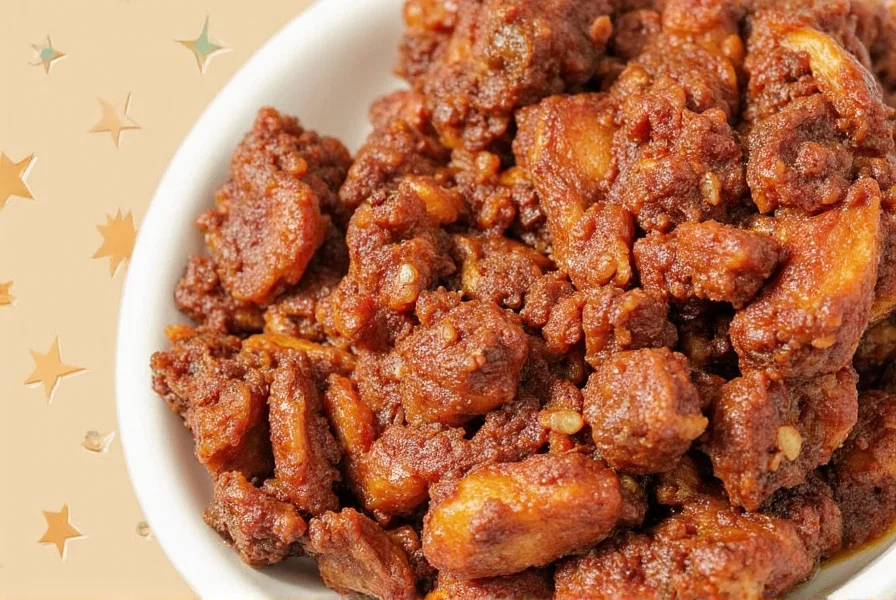









 浙公网安备
33010002000092号
浙公网安备
33010002000092号 浙B2-20120091-4
浙B2-20120091-4